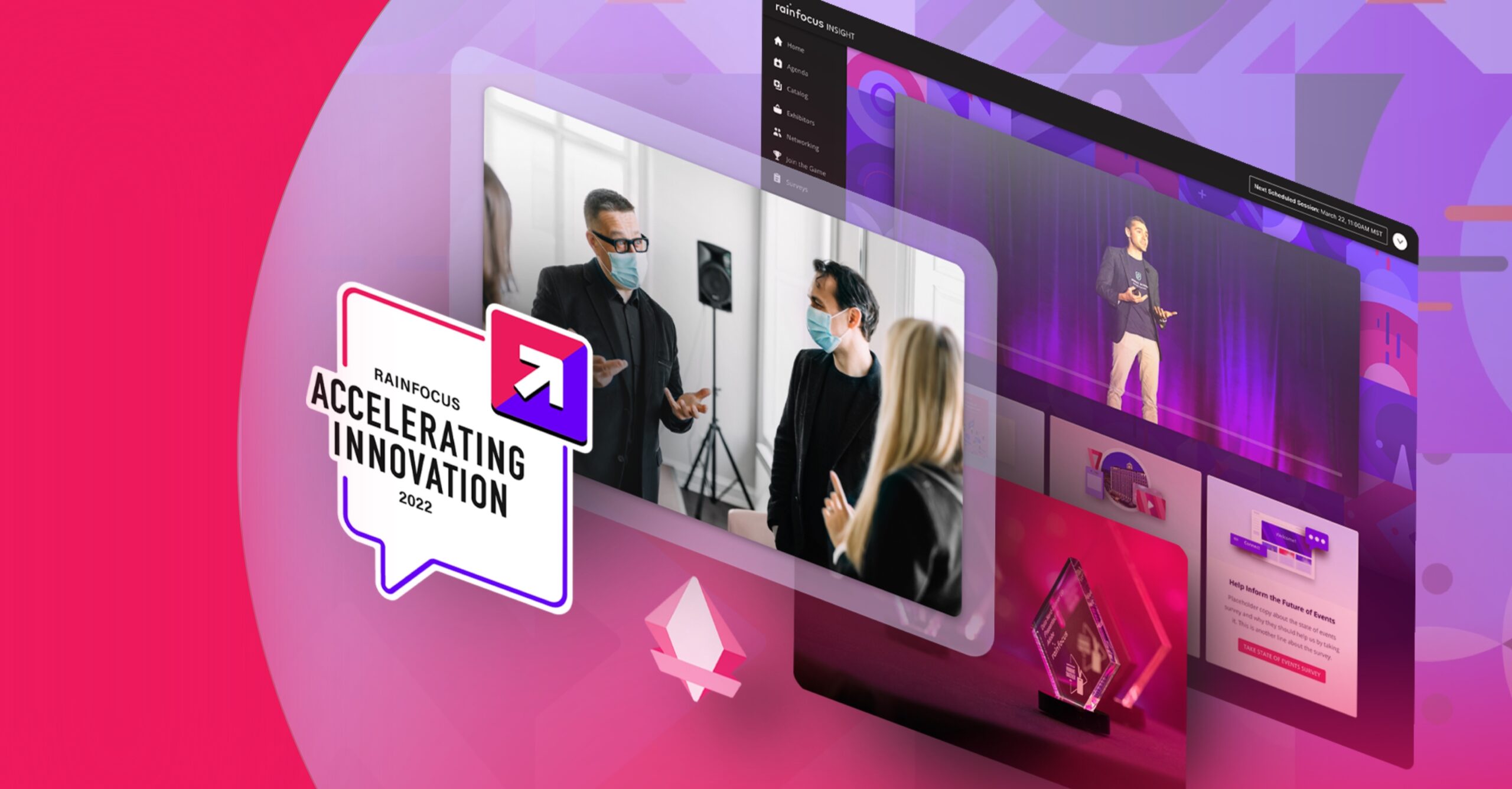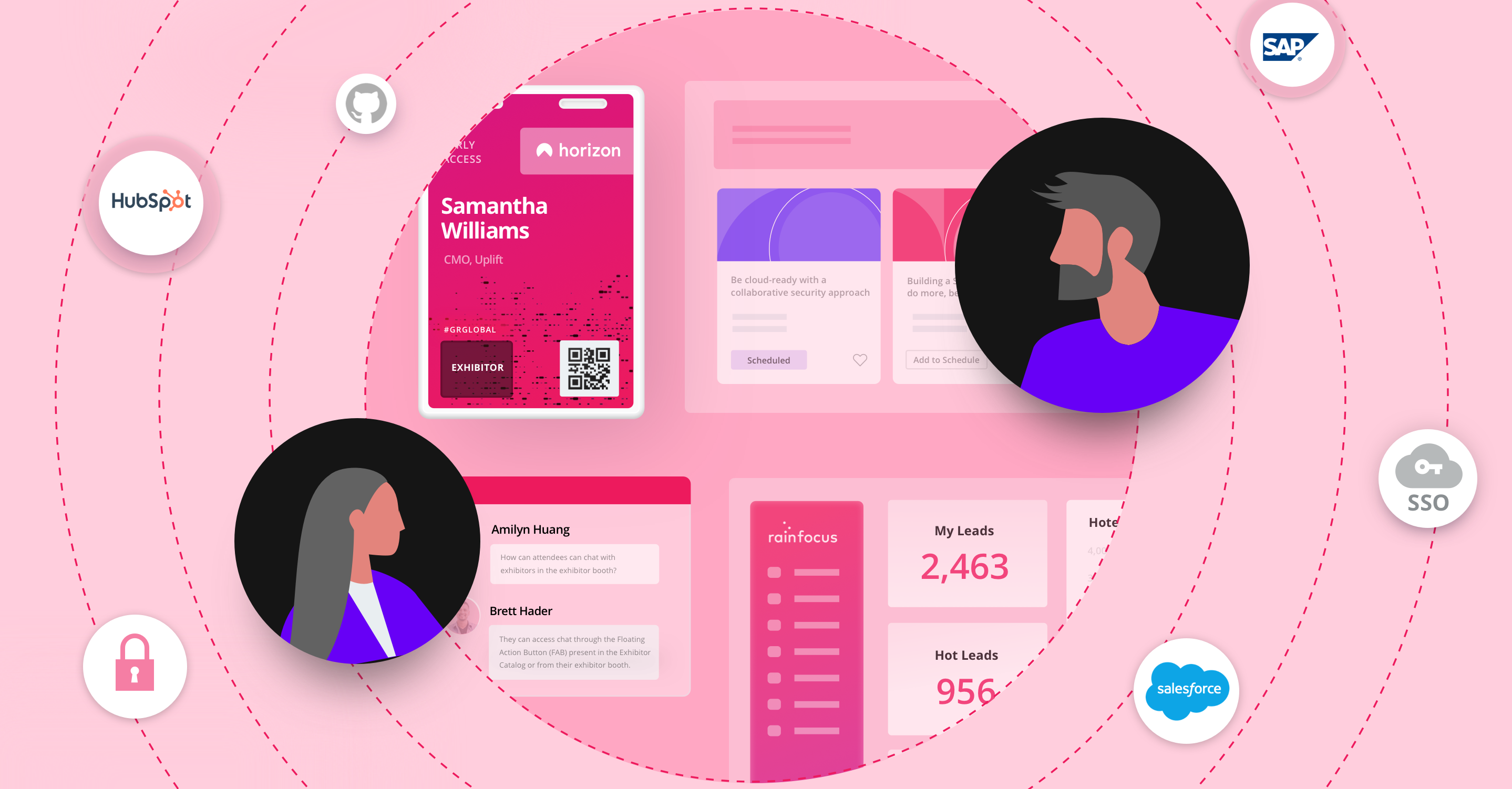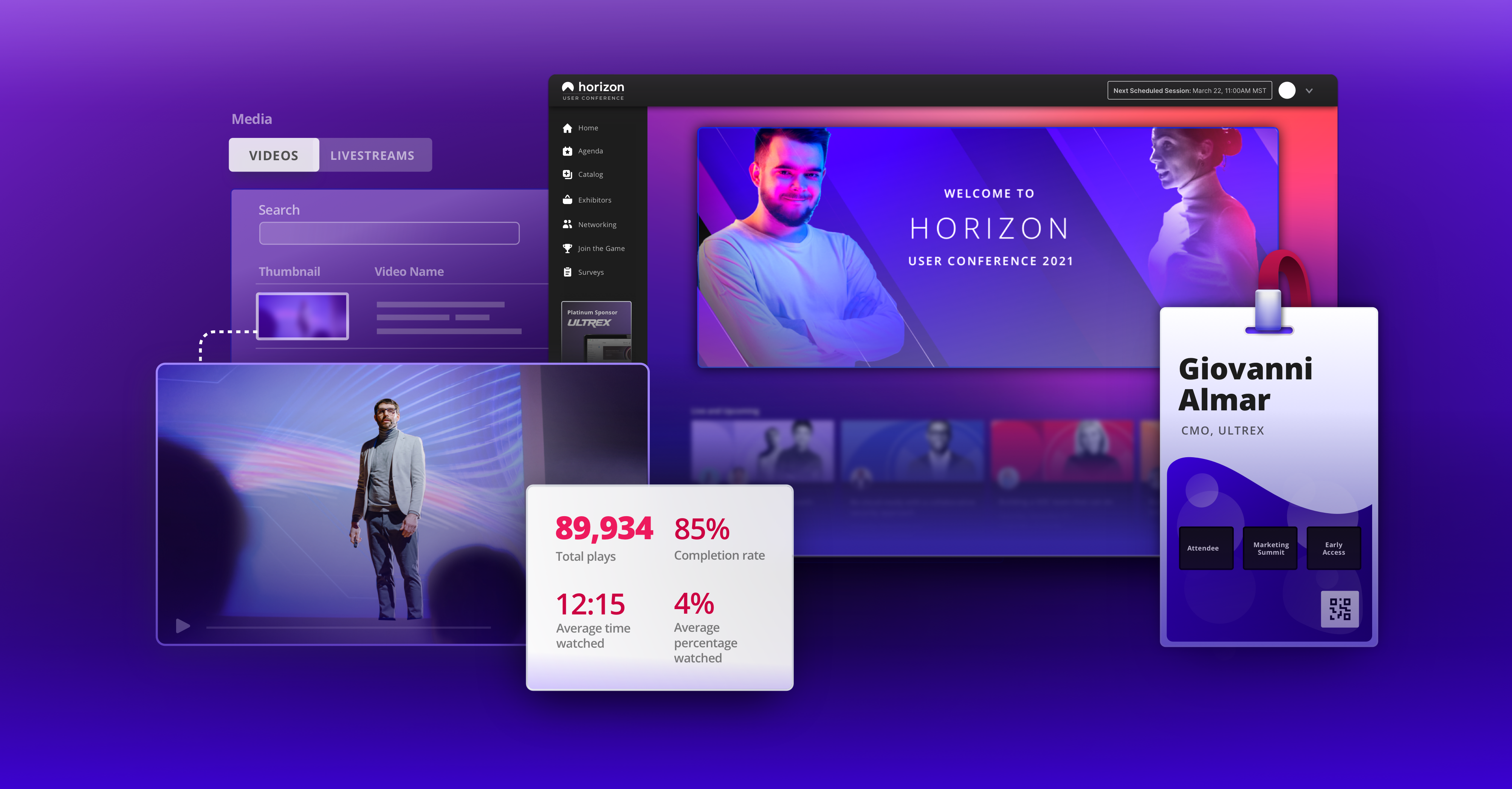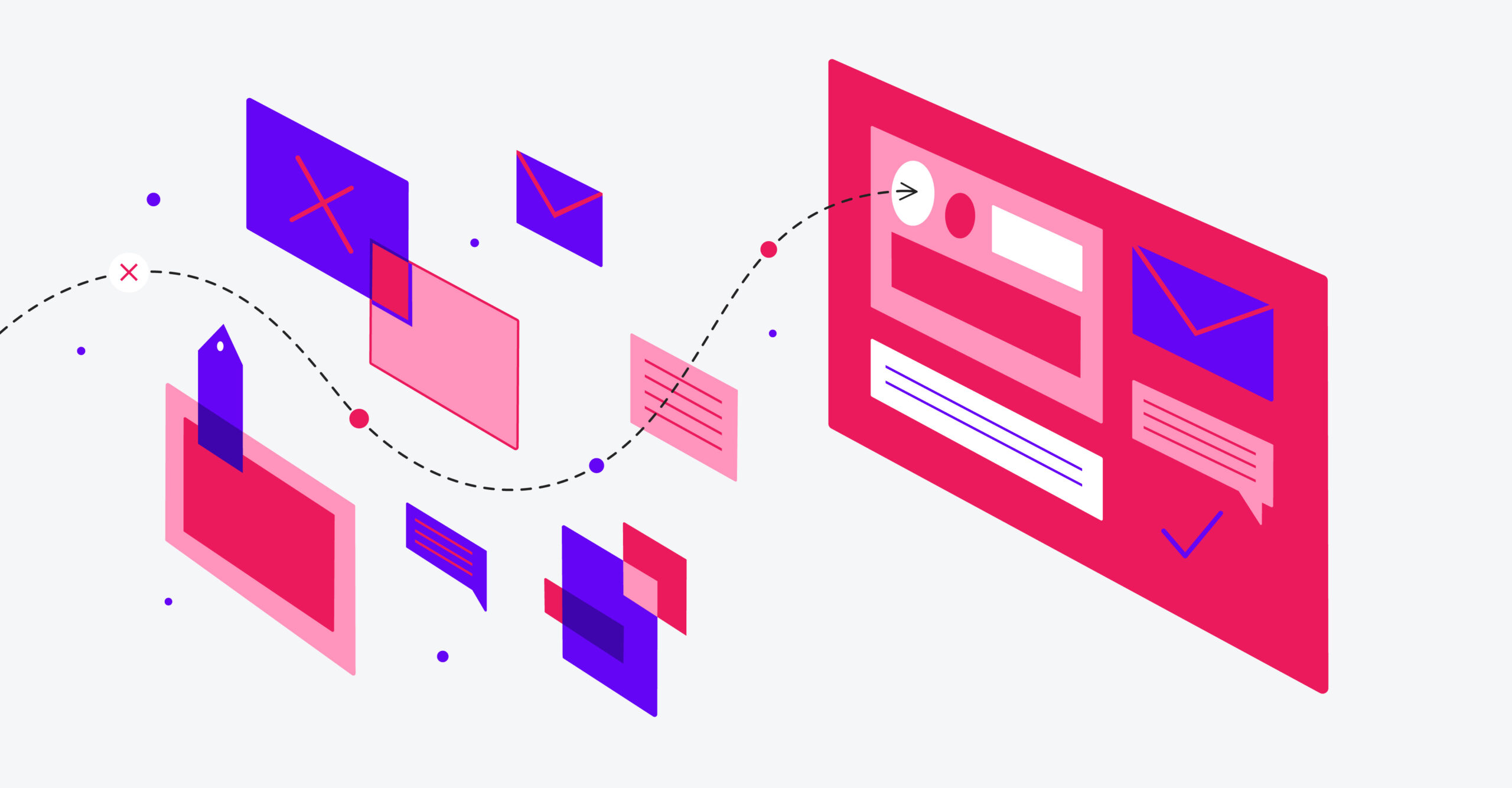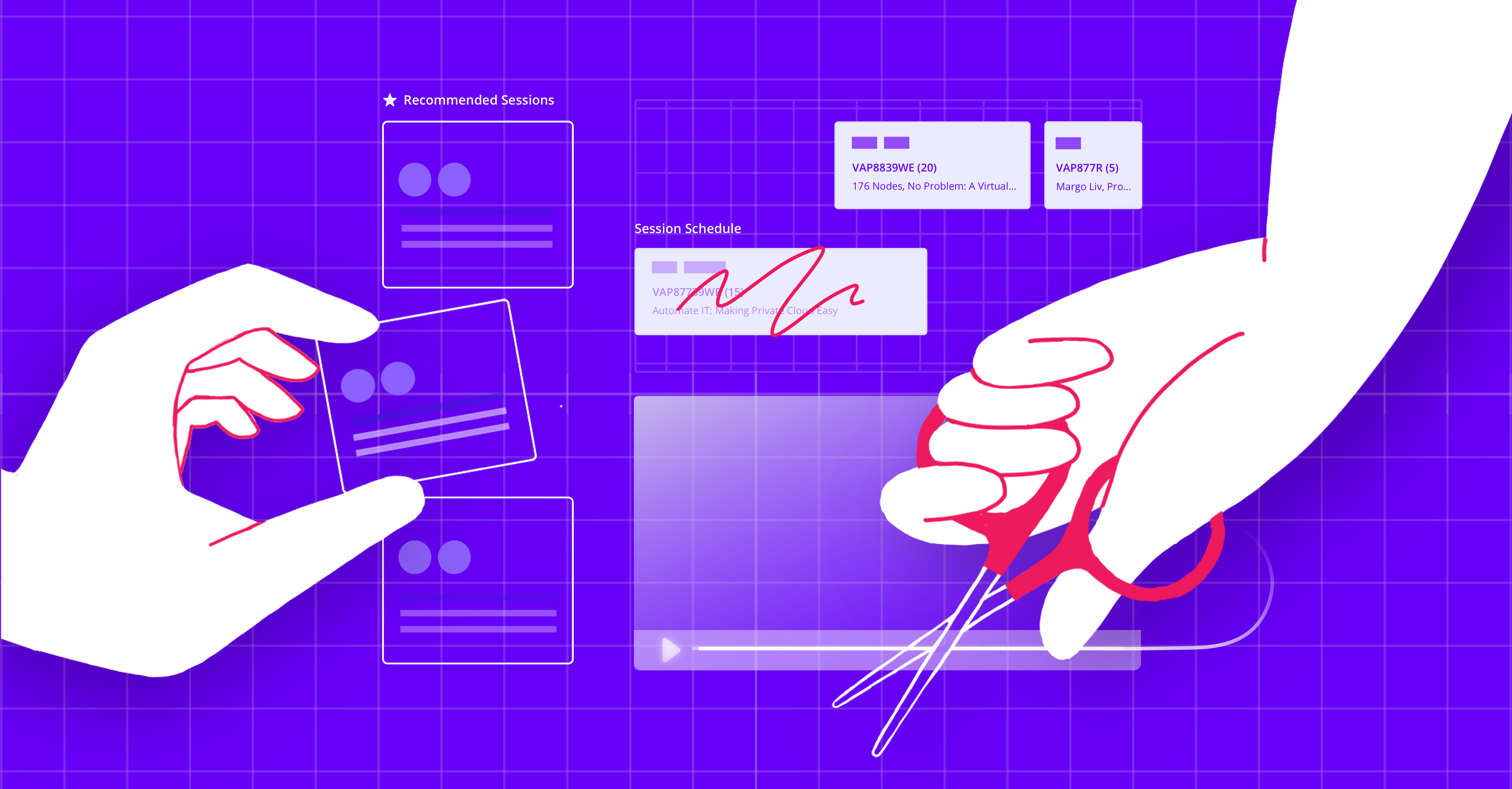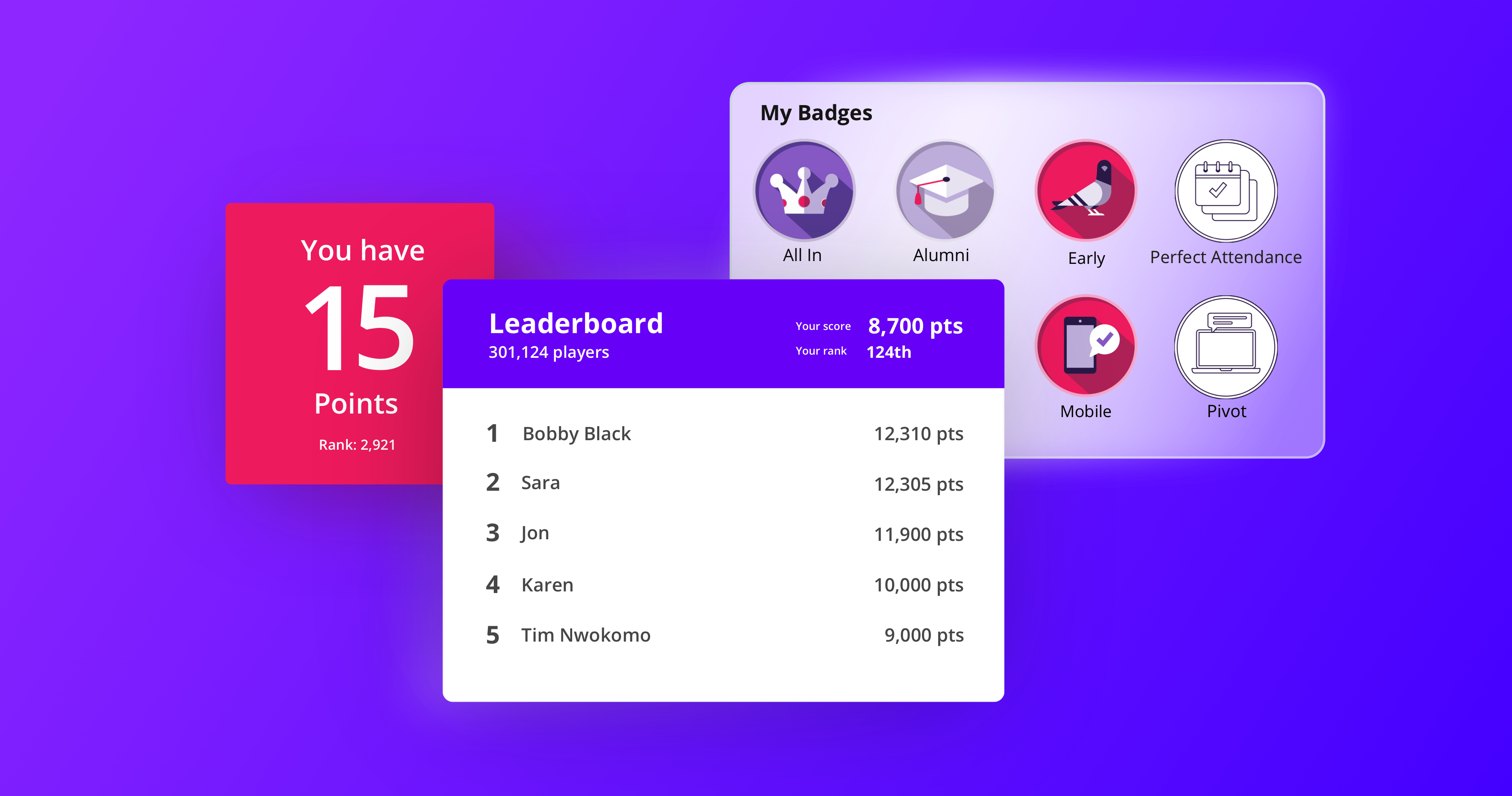It’s a wrap! RainFocus INSIGHT was a triumph with 60 expert sessions spread across seven content tracks and emcee commentary all throughout. Sessions are now available at rainfocusinsight.com. For those who don’t have time to watch the sessions on-demand, a few themes that emerged from the sessions include the following:
A Virtual Event is More Than Sharing Videos
It takes more than just internet savvy to deliver a great virtual event. Strategy, strong communication, thorough analysis, and all of the other skills that set event professionals apart from everyday YouTubers are all vital to creating a noteworthy virtual experience. Senior Director of Strategic Events at Servicenow, Scott Owens, said it best when he explained,
“Just having videos on a webpage is not enough, and it’s not really a digital experience. We’ve always had an agenda page or a sponsors page, or a schedule, but digital is now right at the front. To do digital well is a complete shift for the industry. You’ve got to be good at doing events and good at the digital aspect too.” – 7 Digital Pivots to Make NOW!
As Owens explained, events have always had digital aspects. Now is the time for event teams to strengthen their virtual muscles and apply everything they know about physical events to their virtual experiences.
Hybrid Events = Greater Connection
Discovering how to bring live audiences and digital audiences together through natural interaction is quickly becoming the focus of every event professional. Marilyn Good, Sr. Director of Events at Oracle, stated,
“Virtual can’t just be bolted on to in-person events. It needs to be an integral part of the event experience. The two audiences need to feel like they are one. This doesn’t necessarily mean that the pricing structure needs to be the same for both in-person or virtual, or even that they get all of the same benefits, but we need to facilitate the networking whether they are onsite or not.” -Let’s Get Physical: Planning for a Safe Return to In-Person Events.
Hybrid events have the potential to connect audiences worldwide in ways that are meaningful and engaging. Many of the speakers indicated that, for this reason, they themselves plan to host hybrid events in the future.
Experience is Everything
Nearly all of the speakers at INSIGHT emphasized the need to focus on the attendee experience. When it comes to the attendee experience, consistency is key. Providing your attendees with consistent interactions and processes from event to event will ensure that they get the most out of their event experiences.
“Having an attendee experience that is easy to adapt to, having a single place where all the activities of around an attendee are presented, having the interactions happen in one spot, and doing that in a branded seamless way is extremely important for driving adoption and usage in a digital environment.” – Doug Baird, President & Founder of RainFocus, State of the Events Industry.
Post-Event Engagement Significantly Contributes to ROI
Another recurring theme was extending the life of your online content. The industry experts speaking at INSIGHT taught post-event engagement is just as critical as live interaction. Tom Keefe, Director of Marketing Operations at Demandbase, explained that measuring post-event engagement is essential to proving event ROI. He stated,
“Revenue doesn’t happen the day after the event. What does happen? Sales follow-up. It is important to determine how long after an event a person can reply to sales in order to get event credit. The more campaign successes you have, the more attribution touchpoints you have.” – Raising the Bar on Event ROI.
Exhibitors Play a Critical Role Online
According to our latest State of Events Survey, the inability to provide exhibitor value remains one of the biggest concerns of event professionals going into 2021. Throughout the event, speakers demonstrated how incorporating exhibitors into content through sponsored sessions has been shown as the best way to drive exhibitor value. Other speakers suggested that offering exhibitors the opportunity to engage in smaller events would also provide them with increased value.
“Looking forward, exhibitors will have opportunities to not only engage in large tier-one conferences but also on webinars, webcasts, and other events. We’ll definitely see exhibitors playing a big role in the entire event ecosystem.” – Irene Martynova, Sales Executive, RainFocus, Providing Exhibitors With Value to Keep Them Coming Back.
Access more pro tips and insights from sessions on-demand at rainfocusinsight.com.
